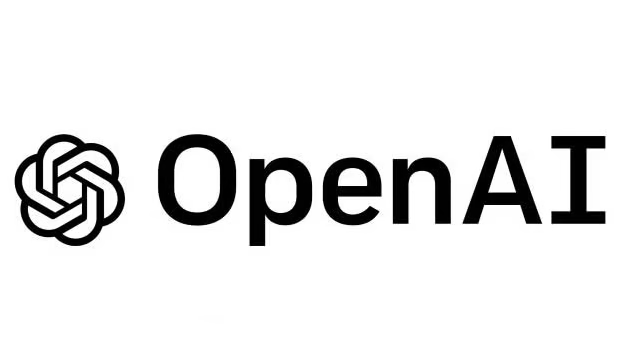The automotive industry’s seismic shift from hardware-centric engineering to a software-first future has been marked by a significant new milestone. Valeo, a global leader in automotive technology, today announced the inauguration of a new, state-of-the-art facility in Shanghai, China. While the facility includes advanced manufacturing lines, its primary strategic importance lies in its role as a dedicated research and development hub for the software-defined vehicle (SDV). This move signals a deep commitment by Valeo to be at the epicenter of the automotive software revolution, positioning itself to serve the world’s largest and most dynamic electric vehicle market.
The concept of the software-defined vehicle represents a fundamental re-architecture of automotive design. For over a century, a car’s functionality was primarily determined by its mechanical and electrical components. In the SDV paradigm, features, performance, and even driving dynamics are increasingly controlled by software running on powerful, centralized computers within the vehicle. This facility is designed to accelerate this transition by focusing on the brain and nervous system of these next-generation cars: advanced domain controllers and the complex software stacks that power them.
Unlike traditional vehicles that use dozens of small, independent electronic control units (ECUs), SDVs consolidate these functions into a few powerful domain controllers. Valeo’s Shanghai plant will specialize in the research, development, and production of these high-performance computing units. This includes domain controllers for Advanced Driver-Assistance Systems (ADAS), which are crucial for autonomous driving capabilities, as well as controllers for managing the cockpit, infotainment, and vehicle dynamics. The co-location of R&D and manufacturing allows for a rapid feedback loop, enabling engineers to quickly prototype, test, and deploy new software solutions on the hardware they are designed for.
One of the most critical aspects of the SDV is the ability to improve the vehicle over time through over-the-air (OTA) updates. Just as smartphones receive regular software updates that add new features and fix bugs, SDVs can be enhanced long after they leave the factory. This capability requires a robust, secure, and highly reliable software architecture, which will be a primary focus for the engineers at the new Valeo hub. They will tackle immense challenges in automotive software development, including ensuring functional safety according to stringent standards like ISO 26262, protecting the vehicle from cybersecurity threats, and managing the complex lifecycle of software deployed in millions of cars.
Locating this hub in Shanghai’s Jiading District, a major hub for China’s automotive industry, is a strategic masterstroke. It places Valeo in close proximity to a dense ecosystem of electric vehicle manufacturers, technology partners, and a rich pool of software engineering talent. This proximity is vital in a market where local Chinese automakers like BYD, NIO, and XPeng are innovating at a breakneck pace, often using advanced software and connectivity features as key differentiators to attract consumers. By having a dedicated R&D presence on the ground, Valeo can collaborate more effectively with these key customers, tailoring software solutions to their specific needs and the unique demands of the Chinese market.
In conclusion, the opening of Valeo’s new Shanghai facility is far more than just a factory inauguration. It is a clear declaration that the future of the automobile will be written in code. This investment represents a crucial step in building the infrastructure and expertise needed to power the software-defined vehicle revolution, ensuring that Valeo remains a key architect of the intelligent, connected, and continuously evolving cars of tomorrow.
Source: Valeo

